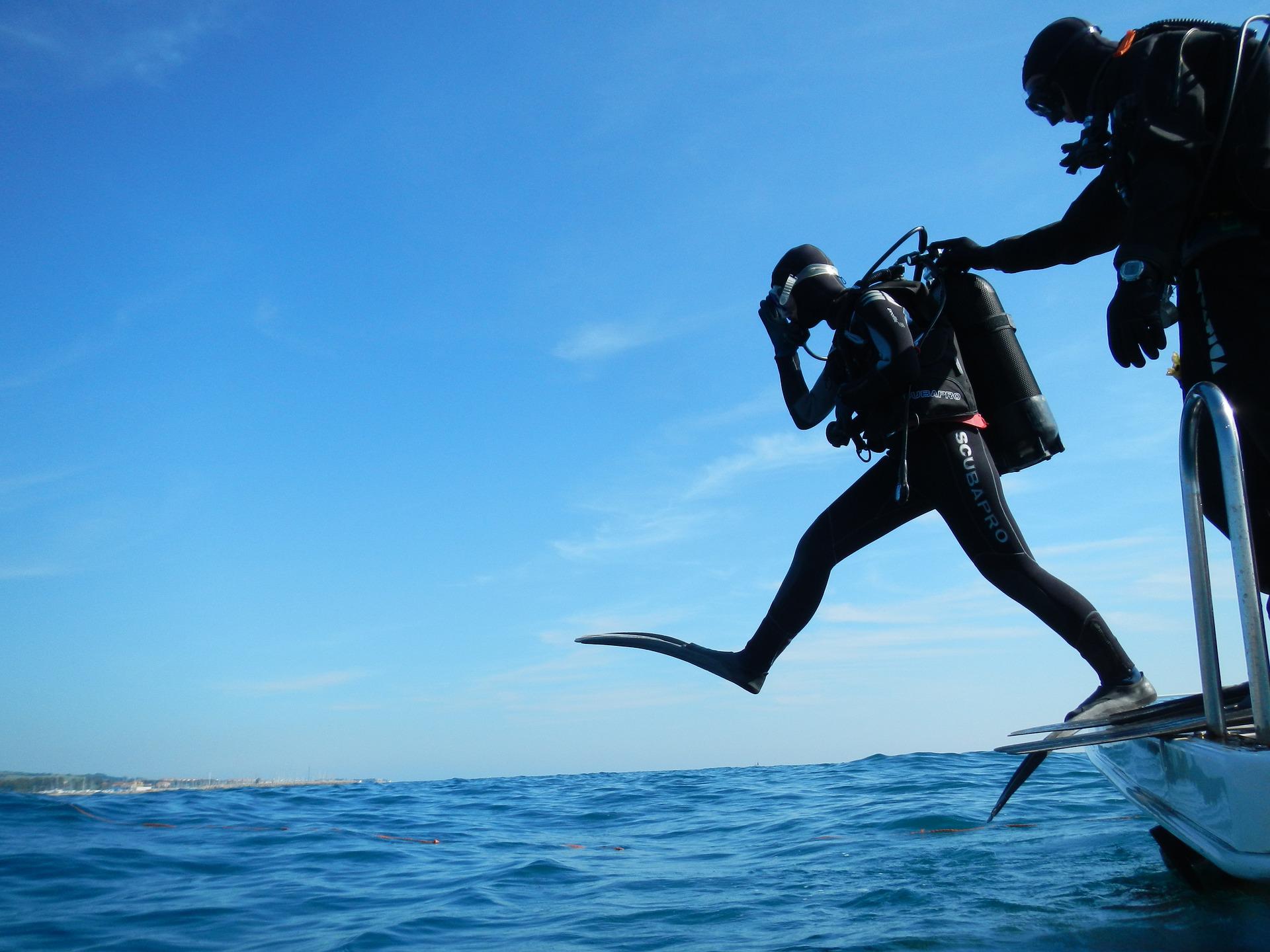

Reefs are commonly sought-after diving spots thanks to the vibrant corals and abundant marine life that offer incredible underwater experiences for keen vacationers, especially whenever summer rolls around. Traveling for scuba diving activities, also known as dive tourism, is a lucrative business that can boost the local economies of small island countries like Fiji and Maldives, contributing to about 20 to 50 percent of their gross domestic product and at least 30 percent of employment. Every year, the industry generates an estimated global total of more than $36 billion.
Although the economic contribution of dive tourism is notable, it’s just as important to acknowledge how the industry can contribute to the degradation and loss of marine life. Fortunately, there are several ways for recreational divers and policymakers to minimize scuba’s environmental impact.
Dive tourism may harm marine life
The negative effects of dive tourism can be separated into two categories: the direct effect of recreational diving, and the equally serious and perhaps greater effects of building and maintaining tourist infrastructure, says Howard Lasker, research professor in the University at Buffalo Department of Geology.
Divers can directly alter underwater ecosystems if they damage the reef when they stand on, hold, or accidentally kick corals. About 88 percent of divers make harmful contact with the reef at least once during a dive. “Even careful divers may accidentally kick the reef while diving, and even if that is a rare event, it adds up when hundreds of divers visit an area each day,” says Lasker.
Building dive resorts has a significant impact as well. According to Lasker, sediment from coastal development may be released onto the reef, affecting the survival and growth of marine species. In extreme cases, debris can bury reefs altogether. Increases in pollution and solid waste are to be expected, too. Sewage and garbage are sources of nutrient-rich runoff, and the excess nutrients may imbalance an entire marine ecosystem. Lastly, resorts that use herbicides and pesticides to maintain their grounds can harm corals, resulting in bleaching. All of these impacts are magnified when workers immigrate to the resort site, requiring additional infrastructure, says Lasker.
[Related: Fish poop might help fight coral reef bleaching]
The carbon emissions from flights are also a considerable impact of dive tourism. “Scuba divers often travel to far-flung destinations to see the best the underwater world has to offer,” says Lauren Aston, long-time diver and content and community manager for Girls that Scuba. In 2020, about 2.1 percent of human-induced carbon dioxide (CO2) emissions came from the global aviation industry.
Minimize the impact of your diving holiday
To make your sustainable diving holiday even greener, choose a local destination where you can travel by ferry or bus to avoid the carbon emissions of air travel. If you’re taking a long-haul flight, at least make it a longer trip to make your stay more worthwhile, says Aston.
When selecting an overseas destination, choose countries with policies to conserve their reef resources, such as Antigua and Barbuda and Belize. You should also check if the local government restricts anchoring on reefs or seagrass beds, a practice that damages corals and plants, says Lasker. Take the time to know about the dive resort or center as well. “If they’re encouraging conservation courses, offering clean-up dives, providing reef-safe sunscreen on board, or are vocal about reducing plastic use, you’re onto a winner,” says Aston.
Check their background and look out for credentials such as Green Fins or PADI’s Green Star Award, which means the dive resort or center has environmentally friendly practices and meets certain standards of sustainable diving, says Aston. A 2016 study published in Environmental Management found that dive operators who highly complied with Green Fins’ standards had much lower reef contact rates than those of operators with low levels of compliance.
Make sure to pack reef-safe sunscreen and personal care products without toxic chemicals that damage coral reefs and threaten their resilience to climate change. There is evidence that chemical sunscreens can harm corals, and hundreds of divers and snorkelers all in the same area will have a significant impact, says Lasker. In Hawaii, it’s prohibited to sell sunscreens containing oxybenzone, octinoxate, avobenzone, and octocrylene because they disrupt the life cycles of corals and other marine life. The island nation Palau also imposed a country-wide ban on the sale or import of sunscreens containing certain reef-toxic chemicals.
[Related: These Hawaiian corals could hold the secret to surviving warming waters]
When you’re underwater, stay well above the coral so that even accidental touches do not occur, says Lasker. To reduce unintentional reef contacts, policymakers can create safeguards, like requiring divers to maintain a certain distance from the seabed at all times. Such policies would require effective enforcement measures to ensure compliance and lasting behavioral change.
“Don’t touch or stand on the reef, don’t take any items such as shells, and especially don’t touch any of the reef’s inhabitants,” says Aston. As the famous phrase goes, tourists must “take only pictures and leave only bubbles” because we are merely guests in the underwater environment, she adds.
In the long run, the most important action you can do to protect the coral reefs and marine life is to reduce your overall carbon footprint. “One of the primary reasons coral reefs are in such dire circumstances is global warming due to human CO2 production,” says Lasker. “Minimizing your carbon footprint before, during, and after your trip is critical to the future of reefs and many other ecosystems.”
